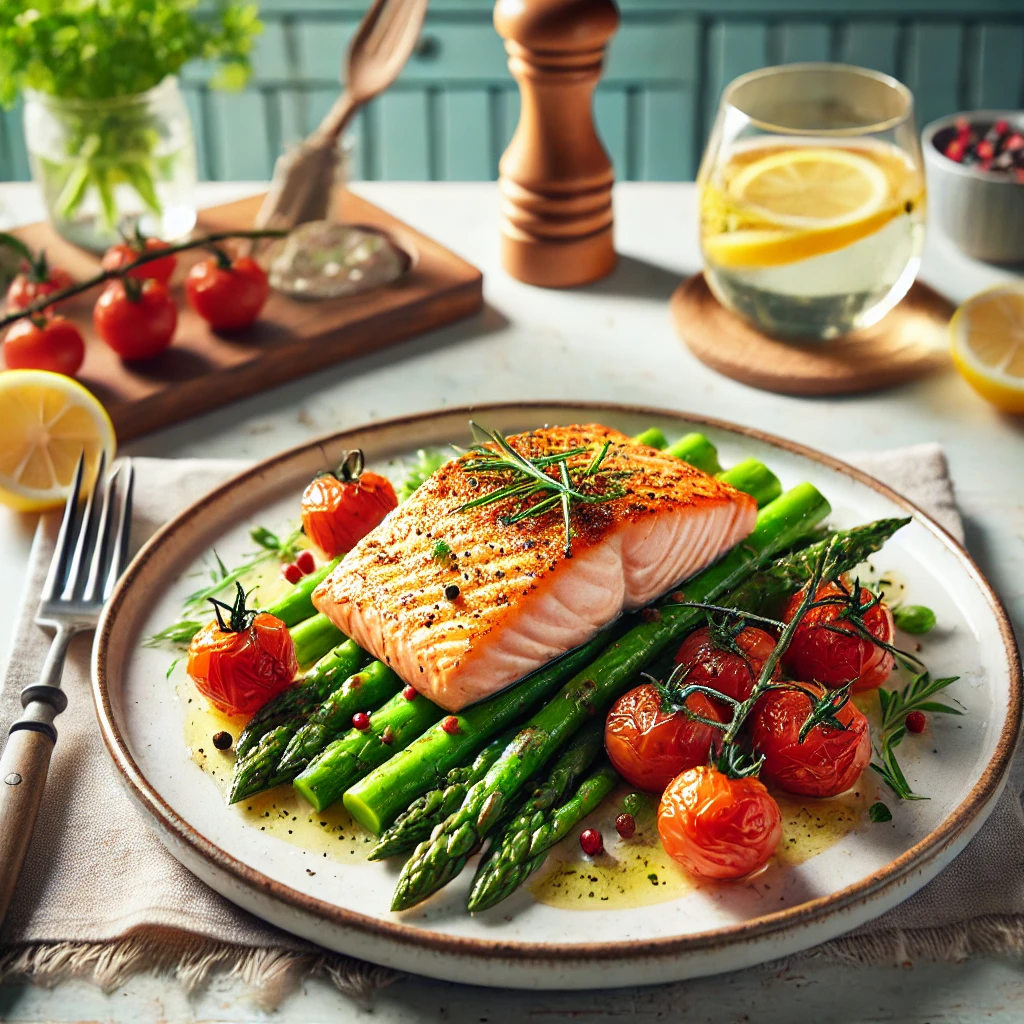Our goal is to make healthy eating effortless and straightforward.
We know that figuring out how much to eat from each food group can feel confusing—and that’s where we come in. Many people struggle to understand the difference between servings and portions, which often leads to overeating or making less-than-ideal choices.
Here’s the key:
- A portion is the amount you choose to put on your plate.
- A serving is a standardized measurement used to guide balanced nutrition—and it’s what you’ll find on food labels.
Because serving sizes vary by food, understanding how to measure them correctly can make all the difference. The good news? There are simple, effective methods to help you get it right—without the guesswork.

Plate Method
The U.S. Department of Agriculture’s ChooseMyPlate is one of the simplest methods for measuring out the right proportions of foods. Divide a 9-inch plate into four sections and fill one section with protein, one with non-starchy vegetables, one with fruit or another non-starchy vegetable and one with grains or starchy vegetables. Add an 8-ounce glass of milk or another serving of dairy for a complete meal.
Measuring
Another method is to use measuring cups and a food scale. The numbers of servings from each food group depend on age, gender and activity level. However, most adults should consume 1 1/2 to 2 cups of fruit, 2 to 3 cups of vegetables, 5 to 8 ounces of grains, 5 to 6 1/2 ounces of protein foods and 3 cups of dairy. Women and less active people should aim for the lower amount, and men and more active people may need the higher amount.
Estimation
It isn’t always possible to weigh or measure your food to get the proper proportions, and not everyone wants to go to this trouble. You can estimate how many servings you are consuming by comparing your food to common items. For example, 1 ounce of cheese is about the same size as four dice, 3 ounces of meat is about the same size as a deck of cards or your palm and a cup is about the size of a woman’s fist.
Considerations
Check nutrition labels to determine how large a serving is and how many servings are in a container; that way, you won’t inadvertently eat multiple servings. Try to choose less energy- dense and more nutrient-dense items within each food group to get the most nutrition with the fewest calories.
Opt for vegetables without high-fat sauces, whole grains over refined grains, along with low-fat dairy products and lean meats. One of the most significant ways to decrease empty calories is to include more vegetables in your meals.
Check your daily calorie intake HERE.


